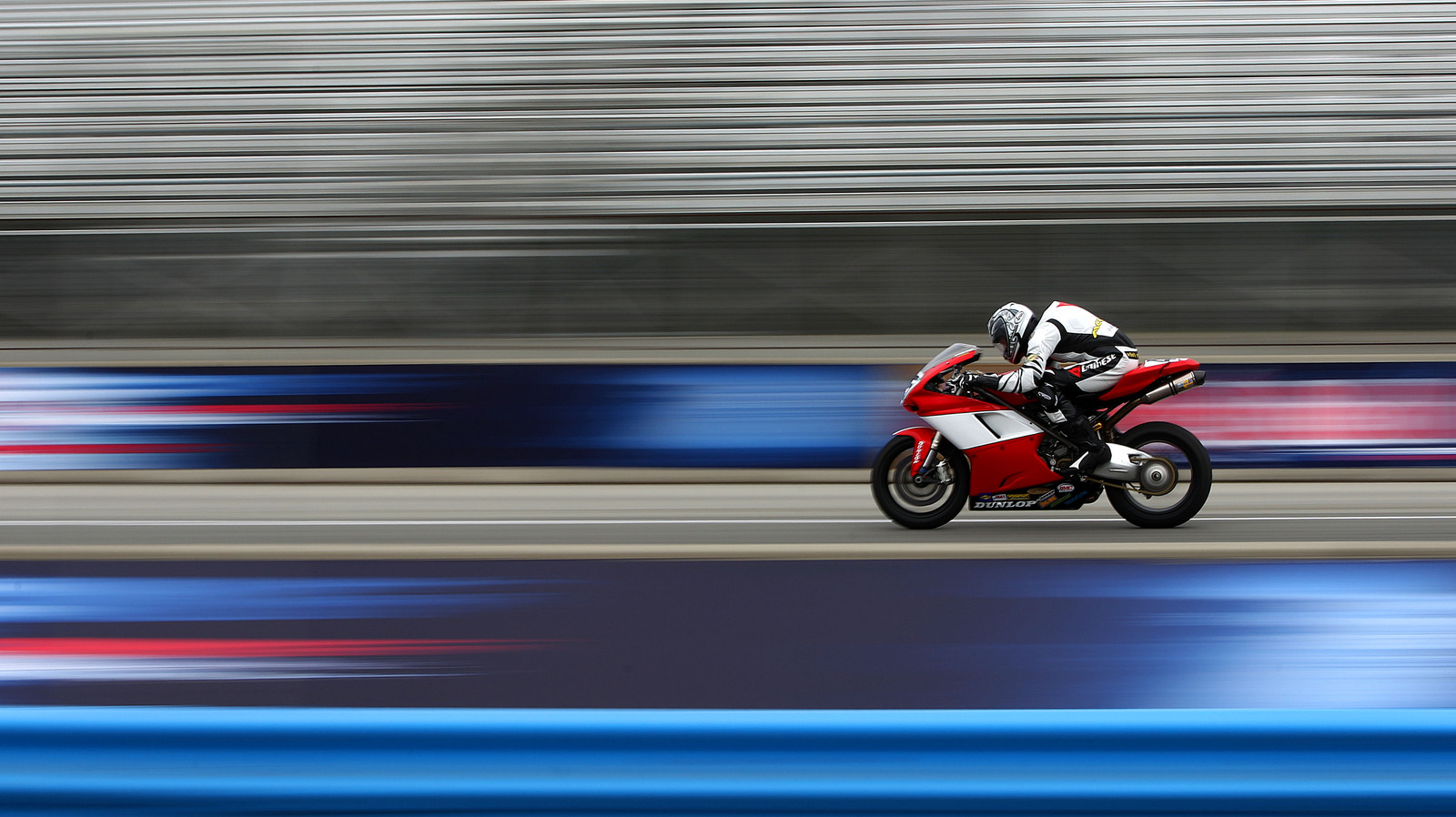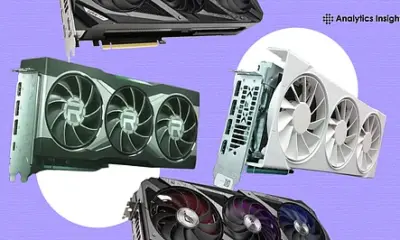Technology
Understanding Motorcycle Speed: The Impact of Engine Displacement

Motorcycle enthusiasts often debate whether higher cubic centimeter (cc) engines lead to faster speeds. Engine displacement, measured in cc, reflects the volume swept by pistons and is frequently associated with a motorcycle’s speed potential. While larger engines generally promise more power, the reality is more nuanced than that, as speed is influenced by various factors beyond mere displacement.
The relationship between engine size and speed can be illustrated through contrasting examples. A sportbike with a displacement of 600 cc can produce over 120 horsepower and rev beyond 10,000 rpm. In contrast, a larger 1,000 cc touring bike may deliver less horsepower at lower revolutions per minute due to its design focus on torque and comfort. In practice, this means that a sportbike with a high-revving mid-cc engine can often outpace larger touring models thanks to a superior power-to-weight ratio and aggressive tuning.
Beyond Displacement: The Role of Design and Weight
Understanding motorcycle speed requires looking beyond engine size. Touring bikes, for example, often weigh over 500 pounds due to extra features like fairings, luggage, and structural reinforcements. In contrast, sportbikes are typically designed to be lightweight, ranging from 300 to 500 pounds, employing aerodynamic fairings and over-square engines that are tuned for high RPMs. This design philosophy not only enhances acceleration but also improves top speed, as reducing aerodynamic drag is critical for performance.
The impact of aerodynamic drag becomes particularly significant at higher speeds. As speed increases, drag can become three to four times greater than rolling resistance, which negatively affects both performance and efficiency. Furthermore, the high-speed windblast experienced by sportbike riders can lead to fatigue and discomfort. A streamlined design mitigates this effect, allowing riders to maintain higher speeds with greater ease.
Maximizing Speed: Maintenance and Riding Technique
Achieving optimal performance from a motorcycle involves more than just understanding cc. Gear ratios play a crucial role in maintaining engine efficiency during acceleration. Motorcycles with closer gear spacing keep the engine operating within its power band, which is essential for rapid acceleration. Displacement alone is not sufficient; understanding how to leverage engine capacity is vital.
For riders seeking to maximize their motorcycle’s potential, proper maintenance is key. Techniques such as dyno motorcycle engine tuning, maintaining clean air and fuel filters, adjusting valve clearance, and using high-octane fuel can preserve peak horsepower and torque. It’s not uncommon for tuning adjustments to yield an extra 8 to 10 horsepower and 10 to 15 foot-pounds of torque from the existing engine.
Riding technique also plays a significant role in speed. Adopting a more aerodynamic posture by tucking down on the bike can reduce wind drag and potentially increase top speeds by several miles per hour, particularly on larger machines. Some tests indicate that making this adjustment can result in improvements in the single-digit percent range.
Lastly, optimal traction is essential for reaching and maintaining high speeds. Motorcycles with a high power-to-weight ratio can struggle with rear wheel spin when accelerating aggressively. To maximize power efficiency, maintaining correct tire pressure, fine-tuning suspension setups, and applying smooth throttle control are all critical elements.
In conclusion, while higher cc engines can provide greater capacity for speed, true performance is a product of thoughtful engineering, design, and rider technique. By focusing on maintenance, riding posture, and traction management, riders can unlock the full potential of their motorcycles, transforming surplus cc into an exhilarating riding experience.
-

 Technology5 months ago
Technology5 months agoDiscover the Top 10 Calorie Counting Apps of 2025
-

 Health3 months ago
Health3 months agoBella Hadid Shares Health Update After Treatment for Lyme Disease
-

 Health3 months ago
Health3 months agoErin Bates Shares Recovery Update Following Sepsis Complications
-

 Technology4 months ago
Technology4 months agoDiscover How to Reverse Image Search Using ChatGPT Effortlessly
-

 Technology1 month ago
Technology1 month agoDiscover 2025’s Top GPUs for Exceptional 4K Gaming Performance
-

 Technology3 months ago
Technology3 months agoElectric Moto Influencer Surronster Arrested in Tijuana
-

 Technology5 months ago
Technology5 months agoMeta Initiates $60B AI Data Center Expansion, Starting in Ohio
-

 Technology5 months ago
Technology5 months agoRecovering a Suspended TikTok Account: A Step-by-Step Guide
-

 Health5 months ago
Health5 months agoTested: Rab Firewall Mountain Jacket Survives Harsh Conditions
-

 Lifestyle5 months ago
Lifestyle5 months agoBelton Family Reunites After Daughter Survives Hill Country Floods
-

 Health3 months ago
Health3 months agoAnalysts Project Stronger Growth for Apple’s iPhone 17 Lineup
-

 Technology4 months ago
Technology4 months agoHarmonic Launches AI Chatbot App to Transform Mathematical Reasoning









